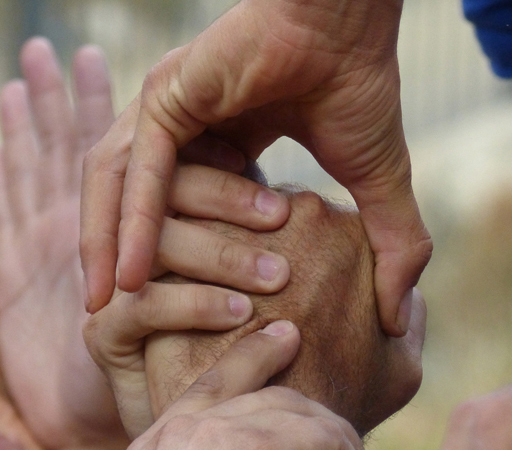5.3 Student co-creation

In North America, one particular form of OER that has gained interest over recent years is that of the open textbook. These are textbooks that are released with an open licence so they can be modified and adapted by educators or students. The digital format is usually free and the print version low cost. The initial motivation for open textbooks was to address the high costs of textbooks in higher education, where they can account for one quarter of a student’s expenses. This led to a number of projects, such as OpenStax and BCcampus, designed to produce textbooks for specific topics, usually those with high student numbers, for example introductory statistics.
Initial research focused on demonstrating the efficacy of open textbooks compared with traditional, purchased versions. This work demonstrated that student performance was as good, if not better with open textbooks, satisfying the ‘first do no harm’ principle. Further work in this area has also highlighted that there is no correlation between textbook cost and student performance. While it is important to establish the basis for adopting open textbooks and to remove objections on the grounds of quality, most of the open textbooks were being used in much the same manner as existing ones, so while there were savings for students, there was no change in pedagogy.
More recently however, educators have started to explore the open aspect of these books, in that it allows them to engage students as modifiers and co-creators of a textbook. Robin Red Rosa explains how she used an open textbook [Tip: hold Ctrl and click a link to open it in a new tab. (Hide tip)] to enable her students to annotate, add and edit the resource, with the aim of future courses using it.
Activity 17: Student co-creation
- Read de Rosa (2016) My open textbook: pedagogy and practice.
- Consider how a course you have studied (maybe this one) could use such an approach. What might be the drawbacks and benefits? Post your thoughts on your blog. If you are content to use Twitter to share your thoughts, Tweet about your blog post using the hashtags #h817open and #Activity17.
